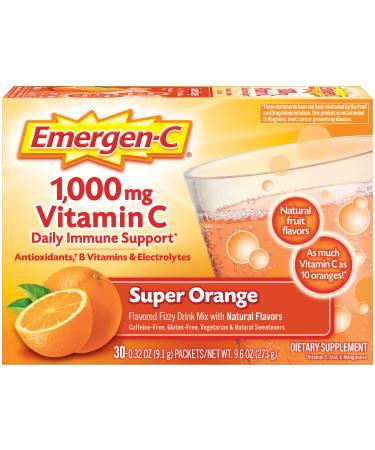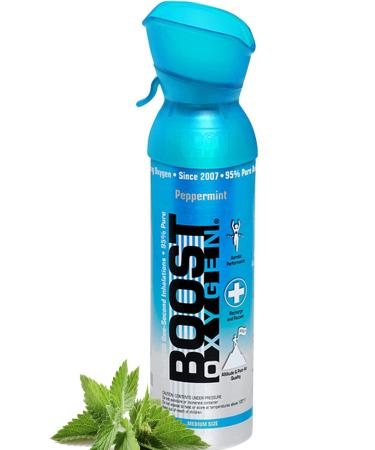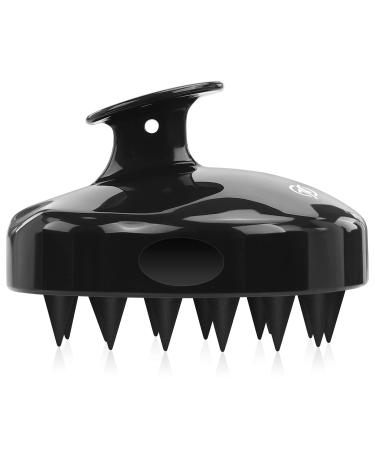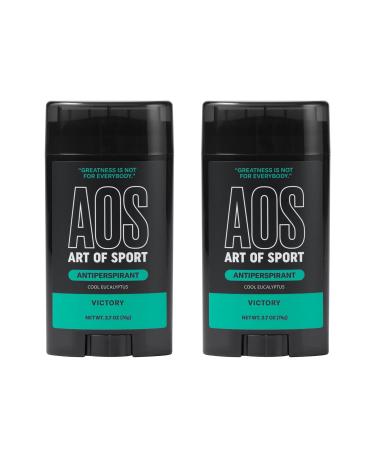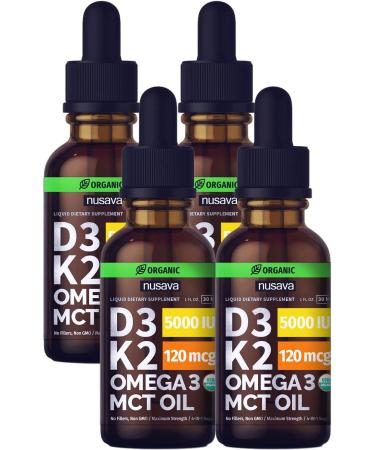Enjoy

Do you know...
The main difference between kefir and yogurt is in their microbiological composition as the yogurt contains lactic bacteria only (especially in combination of Lactobacillus Bulgaricus and Streptococcus thermophilus).Unlike Yogurt The Milk Kefir contains lactobacteria and also yeast.
Traditionally the Milk Kefir is fermented at room temperature and the results is slightly sour and sometimes carbonated due to the yeast presented in it. During fermentation, changes in the composition of ingredients occur. Lactose, the sugar present in milk, is broken down mostly to lactic acid (25%) by the lactic bacteria, which results in acidification of the product.
The slow-acting yeasts, late in the fermentation process, process the sugar (lactose) and add a bubbly appearance and carbonated taste.
Most modern processes as well lyophilised(freeze-dried) starters, which use shorter fermentation times, result in less bubbly texture.
The actual milk fermentation can be initiated by 2 types of Kefir:
1. Kefir starter – lyophilised(freeze-dried) substance which Is a mix of sugar, lactic bacteria and yeast. It is a very pure and laboratory made (and thus precisely composed) starter which contains predominantly lactic acid bacteria and yeast. Due to the fact that microbiological activity starts after added to milk for the first time, and it has not interacted with any substances yet as well environmental microorganisms, the resulting kefir is very much suitable for anyone as it does not deliver side effects. However, after a few recultivations it will start producing small grains which will grow gradually but slow. To Reculture you just need to take a few spoons from the first batch and add to the milk. No straining is required as anyway the grains would be very small.
2. Kefir grains – a fully matured and natural starter, made up from lactic acid bacteria and yeasts immobilized in a medium of proteins, lipids, and polysaccharides. The medium is formed by microbial activity and resemble small cauliflower-like grains, with colour ranging from white to creamy yellow.
A complex and highly variable community can be found in these grains, which can include lactic acid bacteria, acetic acid bacteria, and yeasts. While some microbes predominate, Lactobacillus species are always present. The microorganisms can vary between batches of kefir due to factors such as the kefir grains rising out of the milk while fermenting or curds forming around the grains, as well as temperature, time for inoculation and environmental factors as the surrounding microorganisms and level of the interaction with them.
You can make kefir with raw or pasteurized milk. It's easier than yogurt as the temperature can be lower and the temperature variations not that strict. Simply mix your culture (either grains or powder) with 1L of milk, cover your jar, and then incubate at room temperature for 24 to 48 hours (adjusting up or down depending on the season of the year, temperature of your house, etc.).
In case that you use yogurtmaker and freeze-dried kefir starter and whole milk the consistency might be more yogurt-like than liquid as it will be if you cultivate at room temperature.



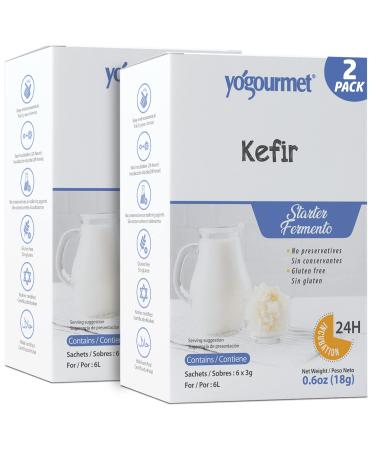
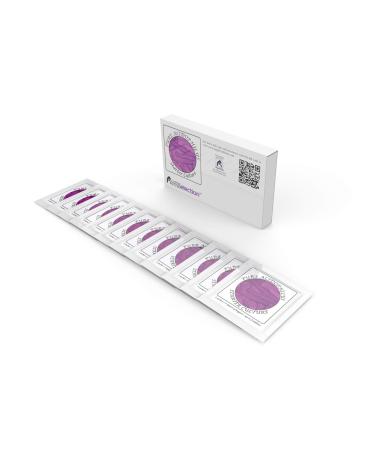
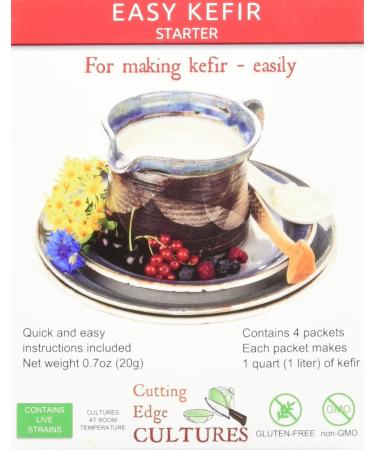

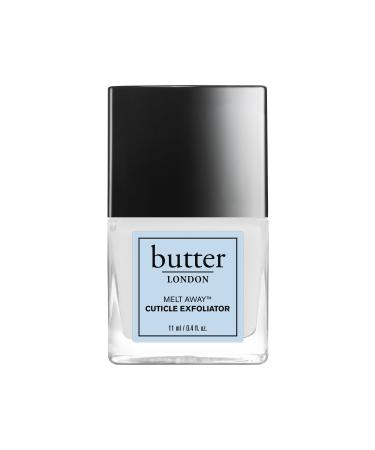
![Stewart Freeze Dried Dog Treats Made in USA [Single Ingredient Puppy and Dog Training Treats - Grain Free Natural Dog Treats] Resealable Tub to Preserve Freshness - Buy Online on GoSupps.com](https://www.gosupps.com/media/catalog/product/cache/25/small_image/375x450/9df78eab33525d08d6e5fb8d27136e95/6/1/61gwbbixarl._ac_sl1500_.jpg)
